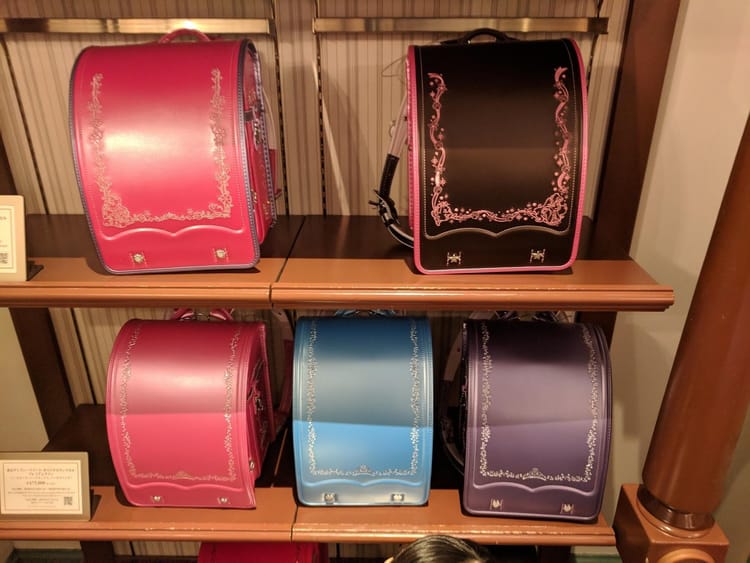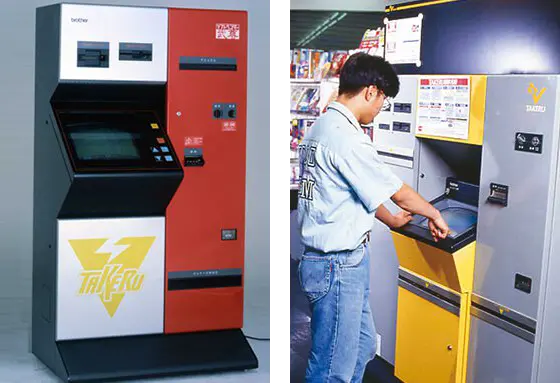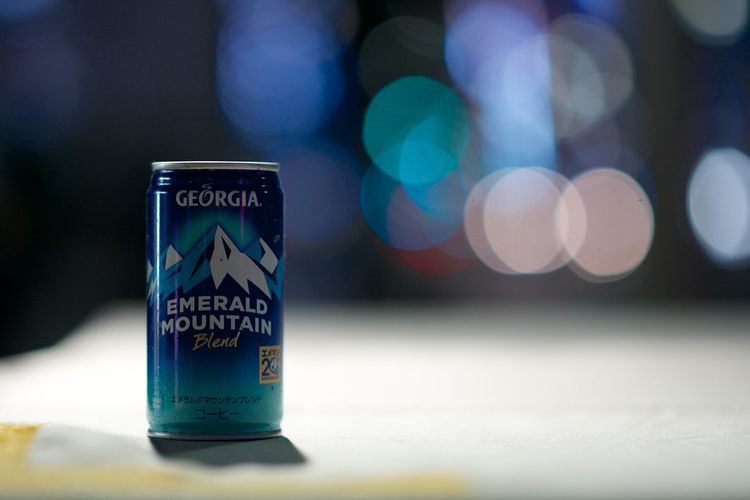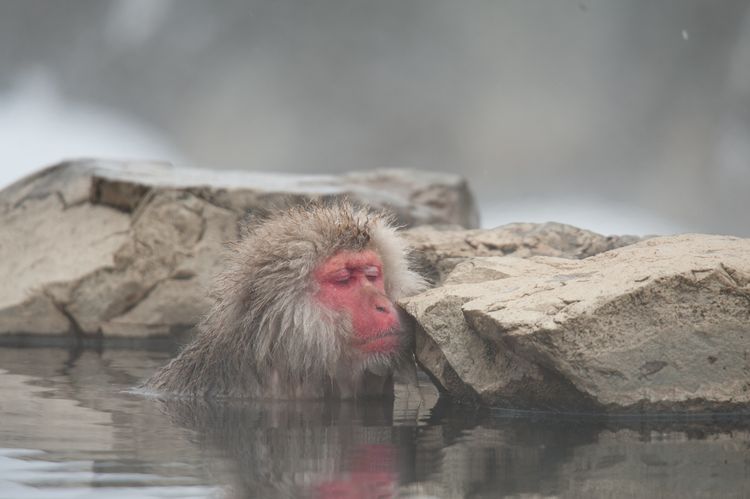From the Ashes of the World's First App Store

Editor’s Note: This is the second of a two-part article. Read Part 1 here.
Part 1 Summary: Brother Industries built Takeru, the world's first software vending machine that let users download software from a server. While revolutionary, it wasn't as huge a success as the company hoped. The team behind Takeru pivoted into something that redefined entertainment for many generations.
Yuichi sat across from a man with a puzzling use case. Perhaps a use case that didn’t even make much sense to begin with. But Yuichi paid attention…
A Music Teacher and a Non-starter
The man, a music teacher whose name is now lost in the sands of time, wanted to distribute the “Desktop Music” (DTM) that his students created, through Takeru.
In the late 80s, DTM users started creating music entirely on computers, using a “synthesizer” and a “MIDI keyboard”.
The keyboard, despite having keys like a piano, had no sound-generating components. It generated an electrical signal when a key was pressed.
The synthesizer knew how to create sounds for different instruments, and interpreted each signal from the keyboard as a particular note and generated the sound for that note.
With this technology, a single person could play instruments one-by-one and layer the recordings to create music. This music was stored in a format called MIDI (Musical Instrument Digital Interface), and this was what the music teacher wanted to sell on Takeru.
Now, this was a non-starter as a business. Remember, Brother wanted to build Takeru into a 100 million dollar business. Yuichi wound it down because the whole game industry was only worth 200 million dollars then. Imagine just how small the market for synthesized “computer music” would have been.
He politely thanked the gentleman for the idea and moved on.
But despite it being a non-starter, the idea shuttled around in Yuichi’s mind. The MIDI files were only a few kilobytes in size, making them perfect for distributing through the slow phone lines Takeru used.
“There must be something where this idea can be used effectively”, he reasoned.
After letting the idea percolate for a while, Yuichi hit the jackpot: karaoke.
Karaoke
Karaoke was a post-war Japanese invention. Yet another shortened Japanese word, karaoke comes from “空オーケストラ” (“kah-rah oh-kesu-tora, literally empty orchestra). The author feels this should have maybe been called a virtual orchestra, instead of an empty one, but well, that ship has sailed. Also, it is pronounced kah-rah-oh-kay and not carry-oh-key)
Karaoke rapidly became a cultural phenomenon in the “economic miracle” period of Japan.
Exhausted office workers, instead of going home, were (and in some companies still are) expected to go drinking with their manager and colleagues after finishing work at 9pm.
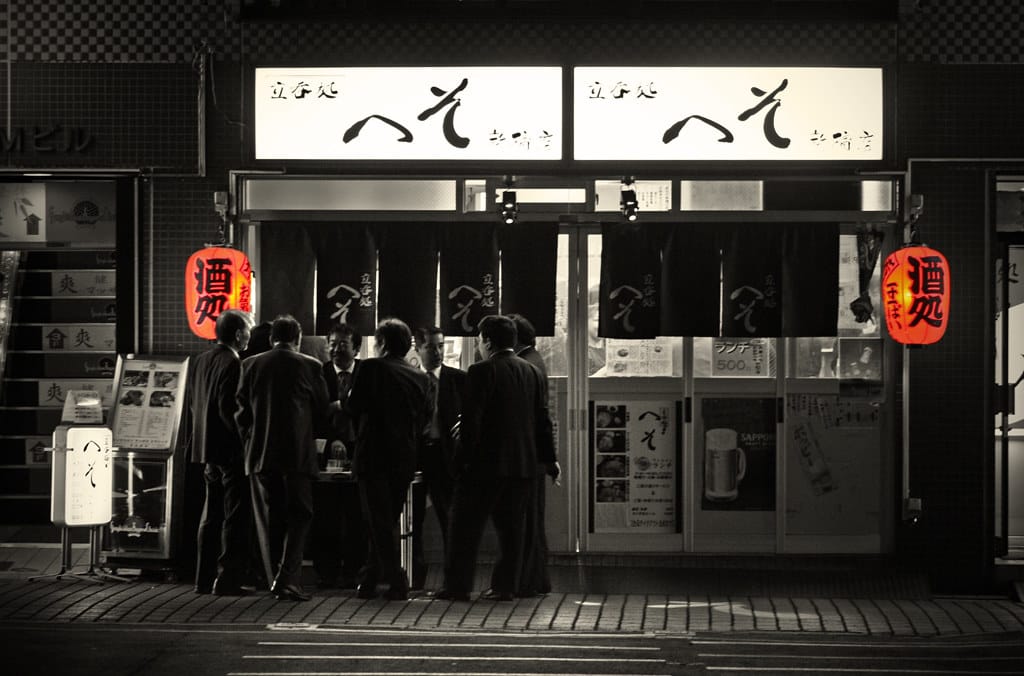
Office workers spent more time with their colleagues than their families.
Restaurants and bars catering to this audience started installing karaoke equipment so their patrons could eat, drink, sing, and dance.
Drinks and music, after all, go very well together.
Salespeople looking to woo clients took them drinking and karaoke-ing. What better way to convince someone to buy your products than flattering them dead, on their off-pitch, drunk caterwauling?
The Evolution of Karaoke
The first karaoke machines were little more than a cassette player, a microphone, and a mechanism to enter money and choose a song.
Musicians recorded cassette tapes with instrumentals for popular songs. They often changed the pitch and beats slightly, to make it easier for normal people to sing. Singers were given pamphlets with the lyrics and sang along with the music. For the good part of a decade, this was how you karaoke-d.
But karaoke culture fueled sustained technical development. In the 1980s “video karaoke” burst upon the scene.
Here, the karaoke machine was connected to a TV which displayed the lyrics and the video of the song. No more squinting awkwardly at pamphlets for lyrics!

Karaoke in action. Don't ask me about the lyrics here... Source: Cloganese
Video karaoke then gave birth to LaserDisc karaoke, where the karaoke audio and video were recorded onto a LaserDisc, the spiritual predecessor to the CD-ROM. LaserDisc karaoke ruled the karaoke world for more than a decade, starting in 1982.
Where to Karaoke
There were two main types of karaoke businesses: 1. Bars and restaurants, and 2. Karaoke boxes.
Traditionally, karaoke used to be a fun activity you did when you went for dinner or drinks.
The “karaoke box” turned the karaoke business upside down.
Karaoke boxes had many “box”-like cubicles with karaoke machines. Here, karaoke was the main activity, and food and drinks just happened to be the high margin cash cows.
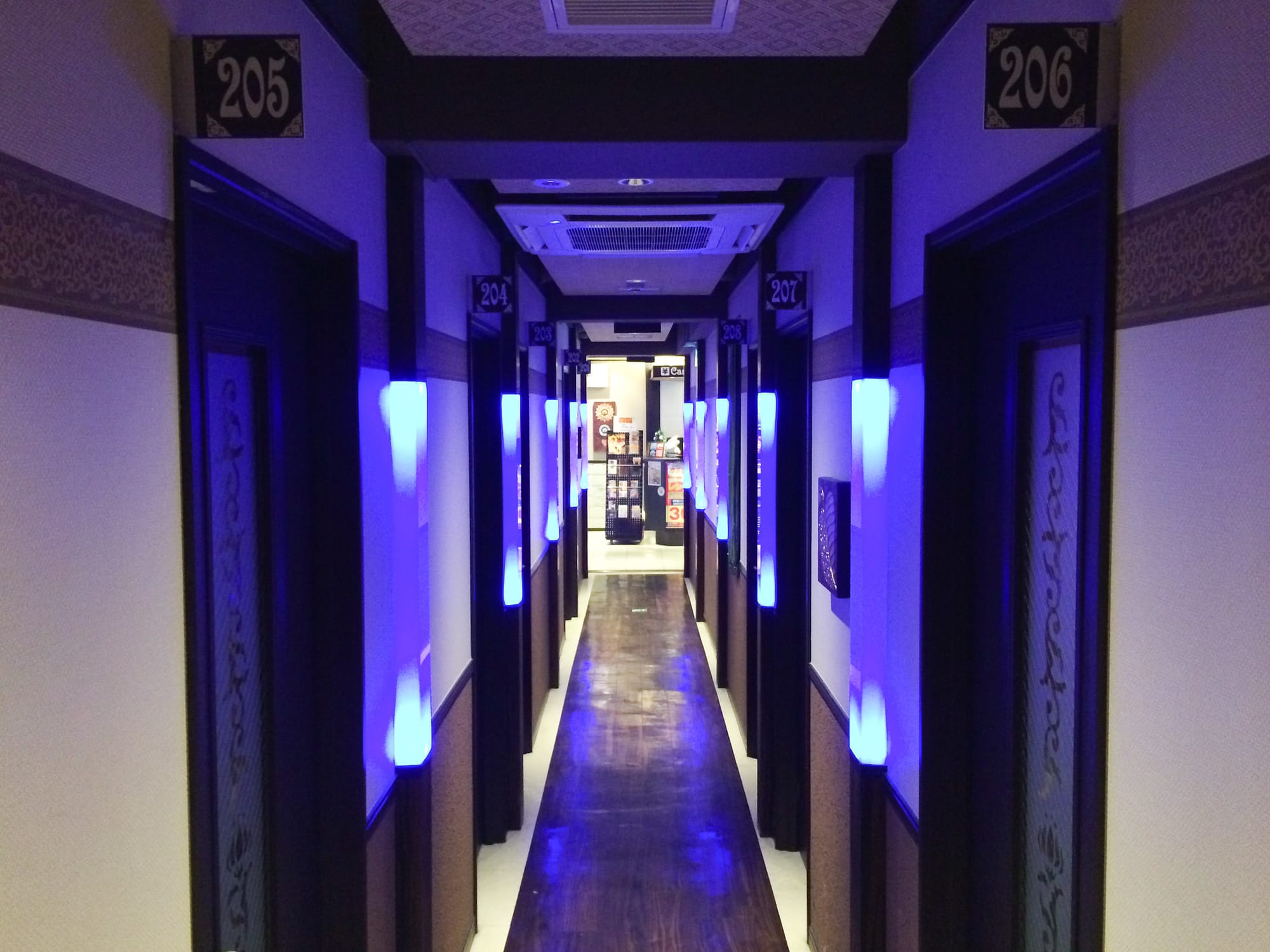
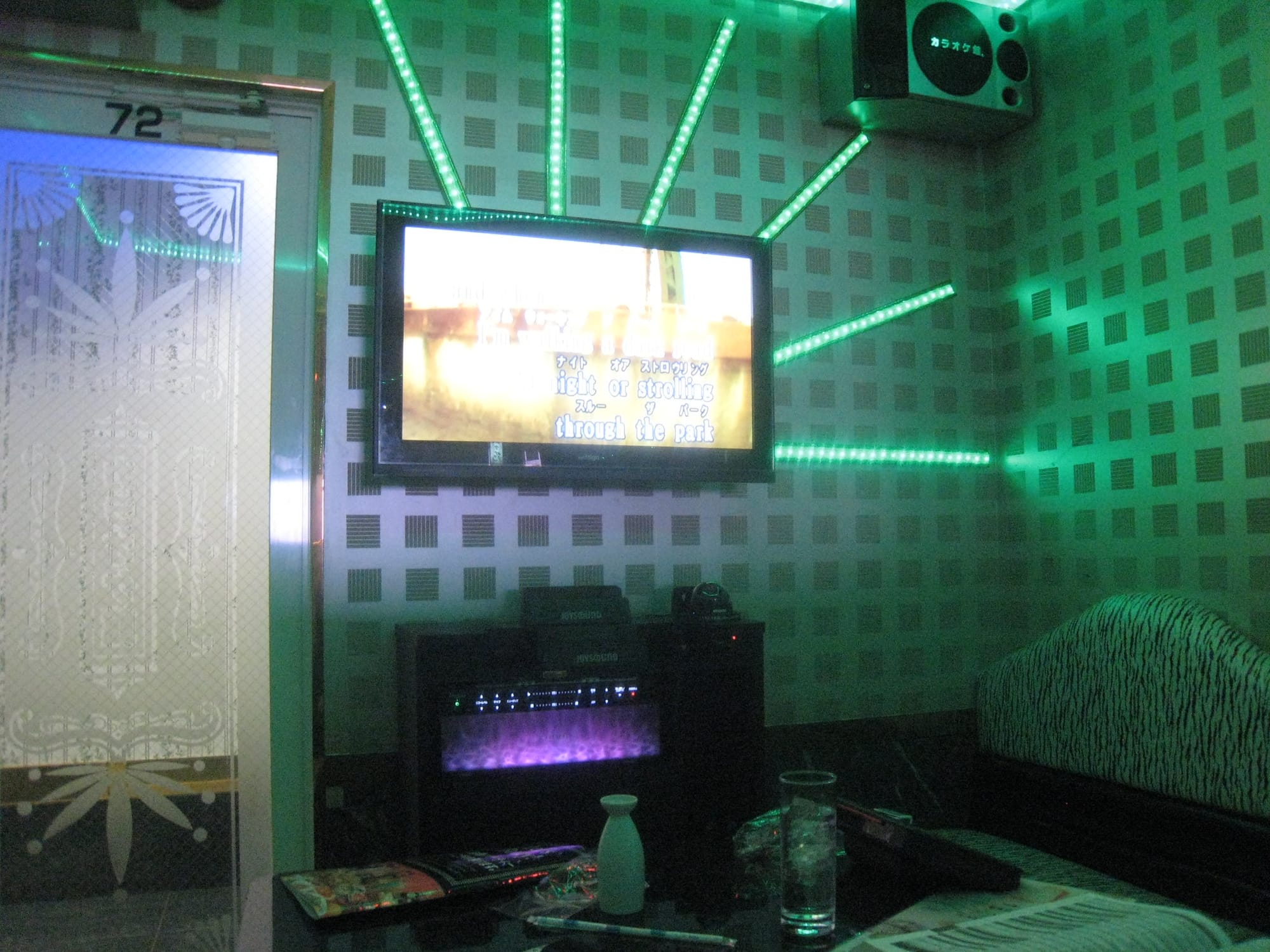
Karaoke box(es) Source: Dick Thomas Johnson, AKX_
Where bars accommodated 10~30 customers, karaoke boxes accommodated 100+ customers in the little box-like, soundproofed rooms.
Karaoke boxes also attracted a different type of customers than bars. While the bars were popular with the office-going crowd, karaoke boxes were popular with high school and university students.
LaserDisc Karaoke
In every room in a karaoke box, one would find a LaserDisc karaoke device. When a user chose the song they wanted to sing, an automated changer would identify the disc containing the song, load it, seek to the right place, and play.
Now, a single disc could hold roughly an hour worth of songs. To provide customers with variety, karaoke boxes had to own a lot of discs. And they had to hold one set of discs for each room. What a logistical nightmare!
When a new song was released, the karaoke version was created, put on a LaserDisc, labeled, and shipped to bars and karaoke boxes across the country.
And guess what? Karaoke had the same problems as games on floppies. It took weeks for a LaserDisc with new songs to reach the karaoke boxes.
High school students, who were the prime patrons of karaoke boxes, wanted to sing new songs as soon as they were released. They were frustrated that it took weeks before they could sing the songs they saw on TV.
And this is where the pieces all fell into place for Yuichi.
He realized he had at his disposal all the building blocks to solve the problem for everyone in the chain. He could simply serve music files over the telephone lines, instead of games.
JOYSOUND
Under Yuichi’s direction, Brother built the world’s first online karaoke system named “JOYSOUND”.
JOYSOUND consisted of a few pieces:
- A central server that stored the instrumental music encoded as MIDI files
- A receiver in the karaoke box that could download the files
- A synthesizer that synthesized the files into music
- A screen for people to choose songs
- A mic :)
Like every technology that has changed our lives, it failed at first.
“Our customers would hate that”
When Brother’s sales teams took JOYSOUND to karaoke boxes, the owners were unimpressed. The synthesizer was not good enough and their customers would never want to sing along to such “electronic” music. It just wasn’t as good as the stuff on the LaserDiscs.
Some people went as far as disparagingly calling JOYSOUND “pico pico sound” - an onomatopoeia of the chiptunes found in early video games (like Duck Hunt).
Brother persisted and persuaded the owners to play along for a 1-month trial. And thank heavens they did that!
For the regular karaoke box aficionados, here was a device that let them sing pretty much any song they wanted, including the new releases that would take ages to show up on the LaserDiscs.
So what if the sound had lower “fidelity” than the LaserDiscs? What mattered was that they could sing new songs and have fun with their friends!
Instead of shunning JOYSOUND, they started asking specifically for it.
At the end of the 1-month trial period, when Brother went to the karaoke boxes to thank them and retrieve their devices, the owners sang a totally different tune. They wanted in on JOYSOUND.
It feels to me that many of Japan’s advancements have been driven by high school students. Just among the things we’ve written about, first was pagers and now karaoke.
Thirty years since
The first JOYSOUND hit the market in 1992. It was such a disruptive invention and grew so rapidly that by 1995 pretty much nobody used LaserDiscs for karaoke.
JOYSOUND has now become a household brand. There are probably more people who have heard of “JOYSOUND” than have heard of “Brother Industries”.
Today, almost 30 years after its introduction, JOYSOUND continues to innovate and is one of the major players in the karaoke market. JOYSOUND users can now choose from a catalog of over 300,000 songs. The synthesizer hardware has also left the “pico pico sound” days far behind and produces super realistic instrumentals.
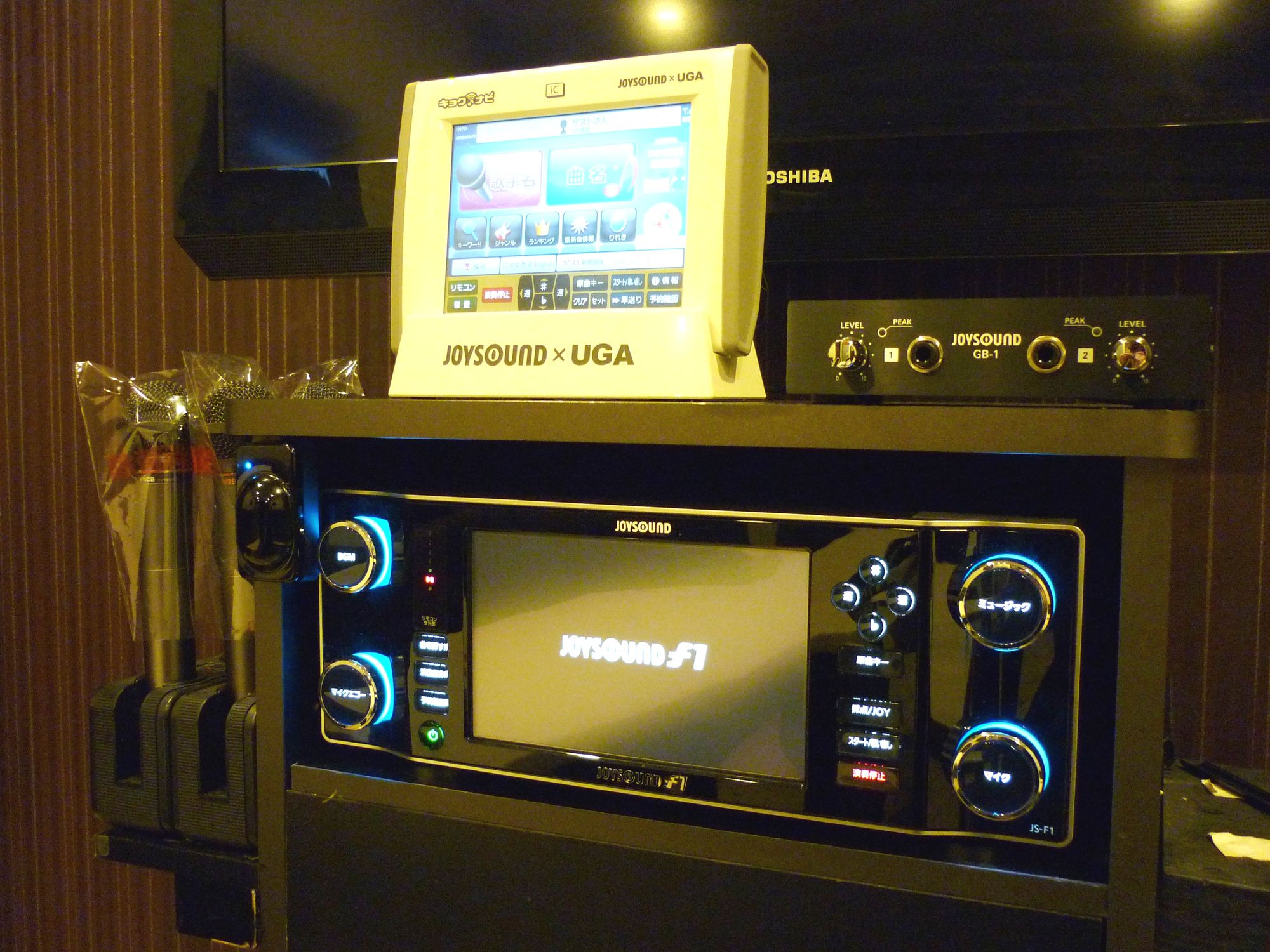
JOYSOUND also operates services now that will score your singing and tell you how to improve.
In an interesting twist, despite starting with a killer first-mover advantage, JOYSOUND is not #1 by market share in the 561 million dollar (in 2019) karaoke market. How it went from #1 to #2 is a tale that involves nuances in Japanese copyright law that competitors took advantage of, and deserves a case study of its own.
While I find it sad that the first app store was way ahead of its time and Brother didn’t get to (directly) change the world with Takeru, it did enable people to experience karaoke in a way that changed the world.
If you ever get the chance, go to a karaoke box with a few friends. Laughing at each others’ raucous, off-beat cacophony builds friendships like few other things do. This is what I am talking about ↓

